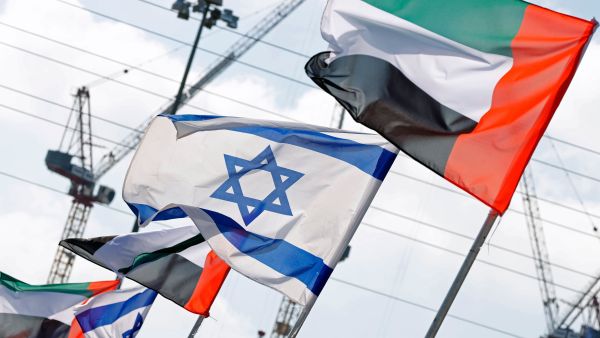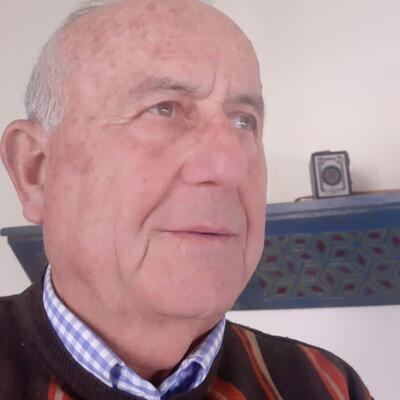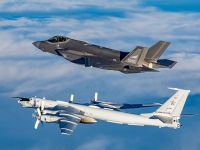Since thousands of years BC, the landscape to the east of the Mediterranean coast, or what the Europeans later came to dub as the Middle East plus Egypt, has been up for grabs for all kinds of warriors and intruders. As one the oldest cradles of civilization, the old texts described it also as the Fertile Levant.
Today in the first quarter of 21st century, a similar pattern seems to be at play, but by new stakeholders with one big difference; land fertility being substituted by seas of underground wealth!
Economic dividends, often coated by different pretexts has always been a major cause for the recurring costly conflicts between ancient rivals, be they locals or next-door neighbours or foreigners.
Figuratively speaking, not a single square km of the total size of this region was spared the whistles of rattling swords or the dust of raging battles. Many battles were fought to death, leaving behind mountains of ruins, thousands of victims and rivers of blood, before the fighting parties came back to their senses, in a process that would take ages, but whose scars and wounds would continue defying oblivion up to nowadays!
The most famous of those BC military campaigns was led by the Chaldean King of Babylon (old Mesopotamia or modern Iraq), Nebuchadnezzar II, who conquered Syria and Palestine and ransacked Jerusalem, with the main objective of wrenching the ancient trade route from the grip of Egypt’s pharaohs.
In the 13th century, other major military campaigns changed the course of history. Foremost among those was the notorious Mongolian emperor Genghis Khan’s invasion of the Middle East. His armies levelled Baghdad, the capital of the Abbasid Caliphate, the most prosperous city in the world at that time, to the ground. His successor, Timur Lenk, who was also his own son-in-law, continued in his footsteps. But eventually he was repulsed by the armies of the Bahri Mumluks’ Sultan of Egypt, Saif Addin Qutoz who benefited from geography, religion and culture of the Arab-Muslim population of the region, to put an end to Mongol expansionism in the famous battle of Ain-Jalut in northern Palestine in 1262.
Countess history’s pages since those by-gone centuries, were hand-scripted, torn out, ransacked, burned, stolen, copied, translated, re-written, lost and found, until the 20th century when two major events took place in this region. In Arabic, we use the term “Lot of water flowed under the bridge” to indicate the passage of time, measured by decades and centuries!
The first important turning point was the establishment of Israel in 1948 as the only non-Arab, non-Muslim entity in the region, although the vast majority of the inhabitants of this land were Arab Palestinians, Muslims and Christians alike. The second important development took place in 1979, when monarchial Shia Iran, a key US ally then, was replaced by the Islamic Republic of Iran.
Today however, the 21 Arab states, theoretically united under the umbrella of the Arab League have, in practice, adopted different approaches to pending issues, namely, their relationships versus Iran and Israel.
The serious split within Arab ranks would not have gone unnoticed by these two neighbours. Both have been working hard to wrench more grounds from the turf of the two opposing Arab blocks, echoing the larger traditional contention between the US-led West and the remnants of the Russian clout.
Thus a new phase of the Middle East plus Egypt, has been taking roots. What is telling about this phase is how stakeholders vie to manipulate actual circumstances as if in a chess game with ultimate goal of calling out the cliché “checkmate”!
Iran on the one hand, independently, succeeded in scoring some important points by mobilizing certain elements and players in the Middle East to its side by championing the Palestinian cause through reinvigorating old classical slogans, jades adopted by Arab nationalists versus Israel since 1948.
Israel on the other hand, with the support of the US and Europe, primarily, and despite its continuous efforts to change the facts in the occupied West Bank and the Golan heights to its advantage, managed to reach separate peace accords first with Egypt, the PLO and Jordan during the third quarter of the last century. More recently Israel succeeded in making significant breakthroughs in some Arab countries intimidated by Iran’s regional schemes.
After the signing of Abraham Accords, with the pushing of the Trump Administration, as if it was an imperative “tie-the-knot” move between those states and Israel, their anticipated honeymoon has been unfolding in full swing and in multiple colors!
In real politics, Israel gradually managed to move its status from being a main adversary or intruder, to that of a neutral entity, then to a friend who could end up as an ally and defender of the Gulf States who feel the heat of the Iranian overall menacing strategy!
Needless to say Israel’s ultimate concern is what it conceives as, an existential threat, posed by Iran’s quest for nuclear capabilities. With or without a deal with the US in Vienna this coming spring, the tension and rhetoric are not abating!
In other words, all what we have learned about this Fertile Levant since the BC era, does not seem to be changing much in essence. It still looks like a big pie up for grab! Like a scared chameleon, this land was able to relocate its treasures from the surface of the ground to the underground, but its envious neighbors and other intruders seem to be equipped with the proper detectors!









